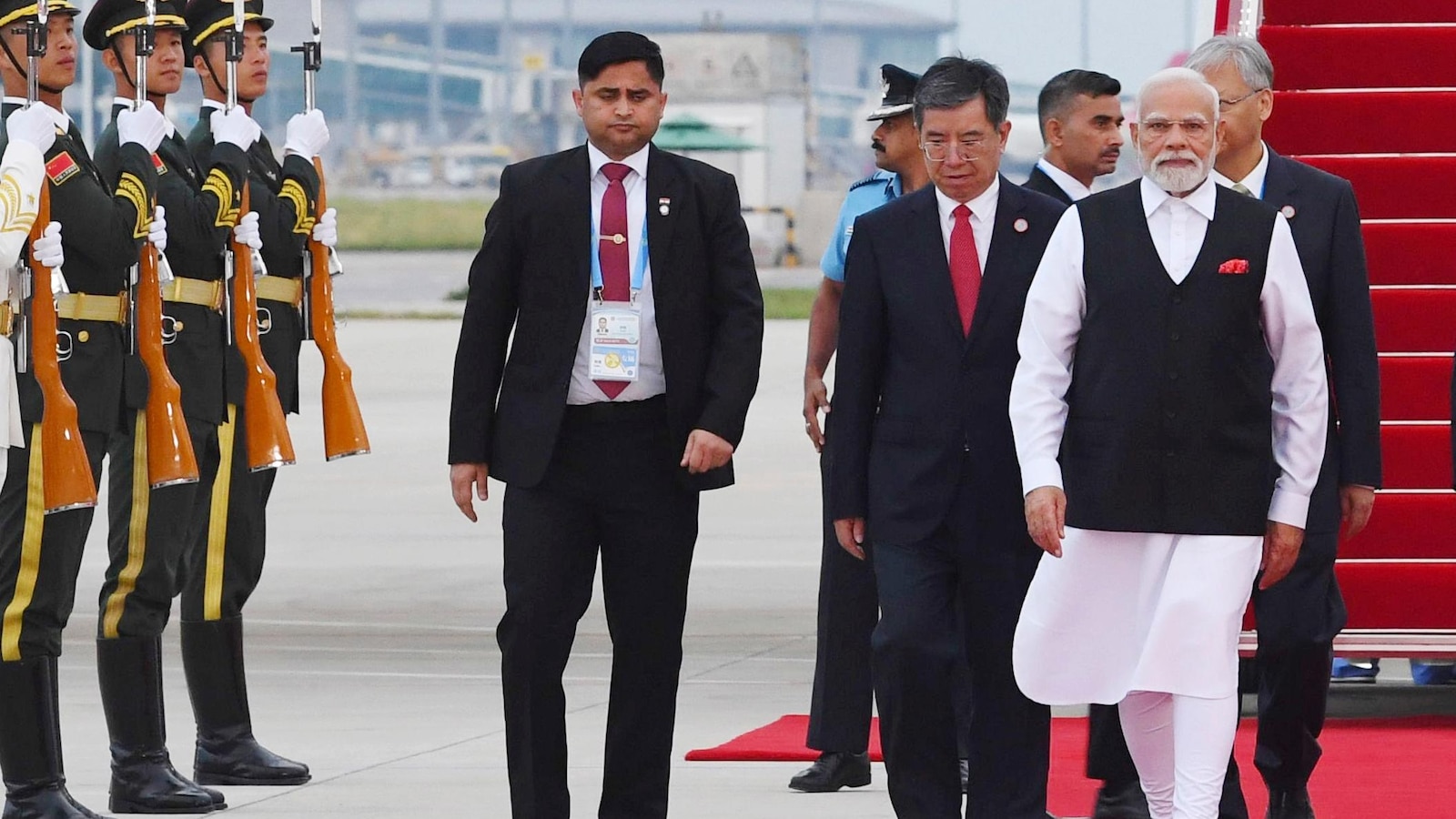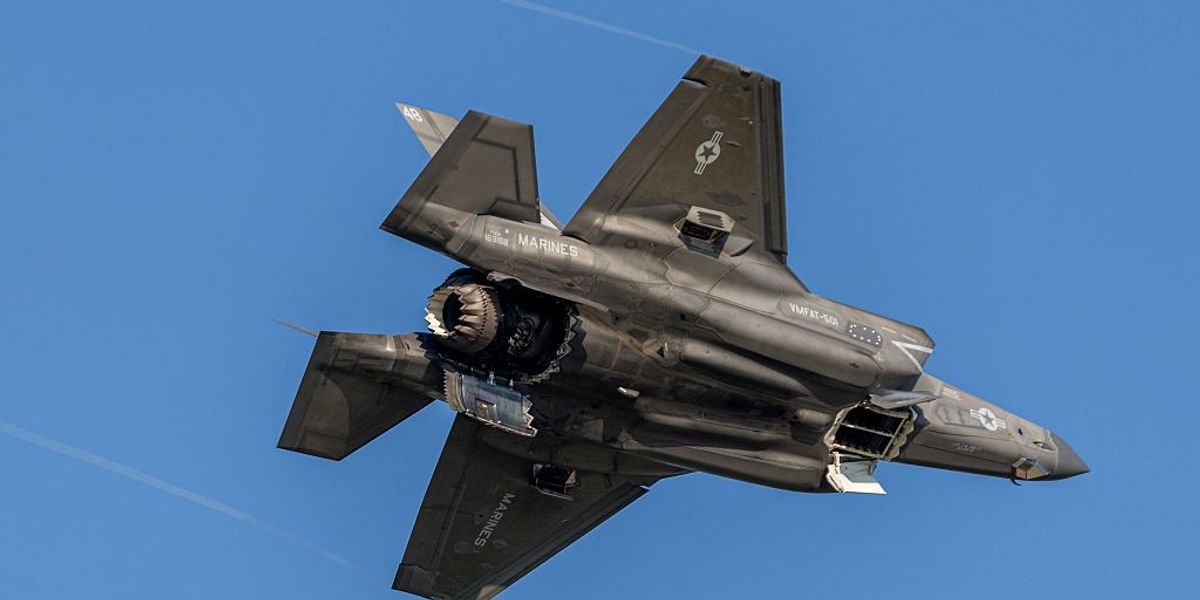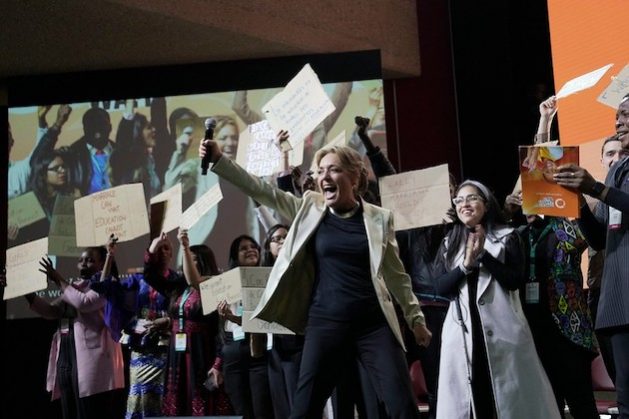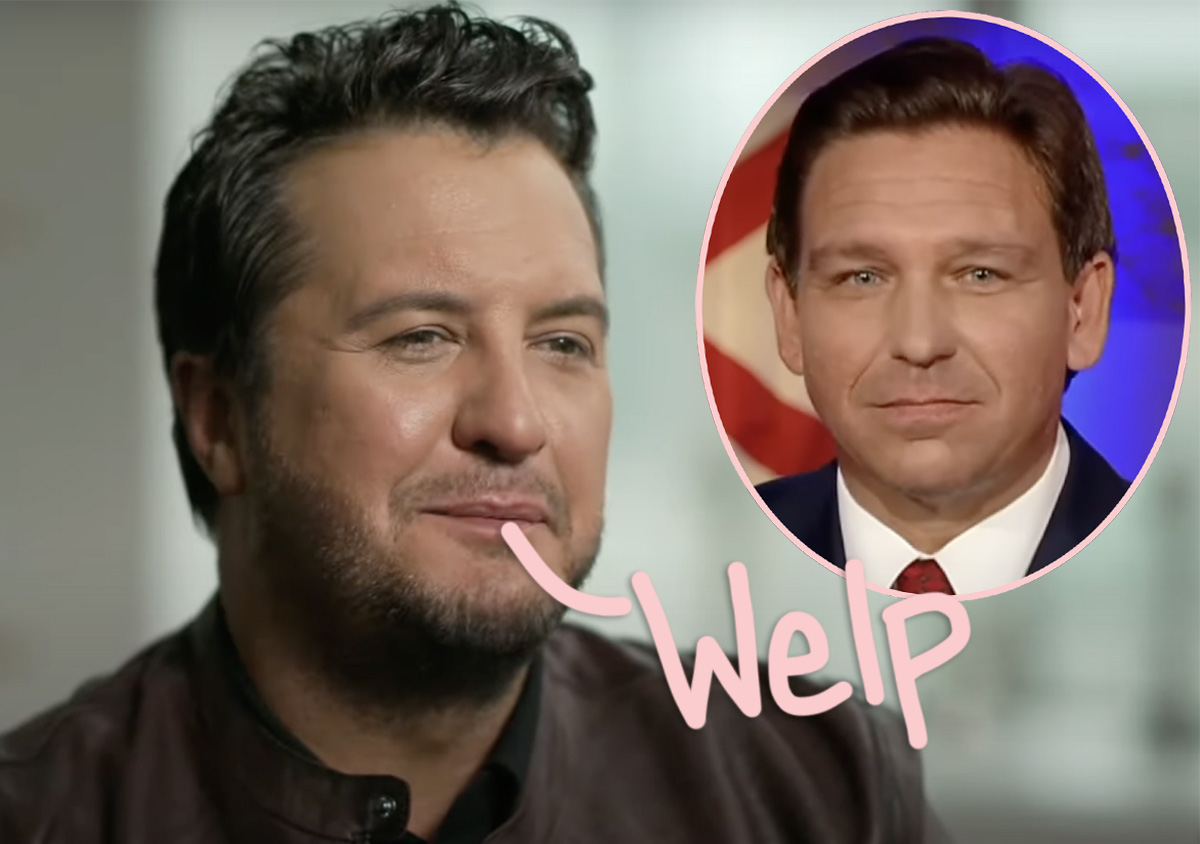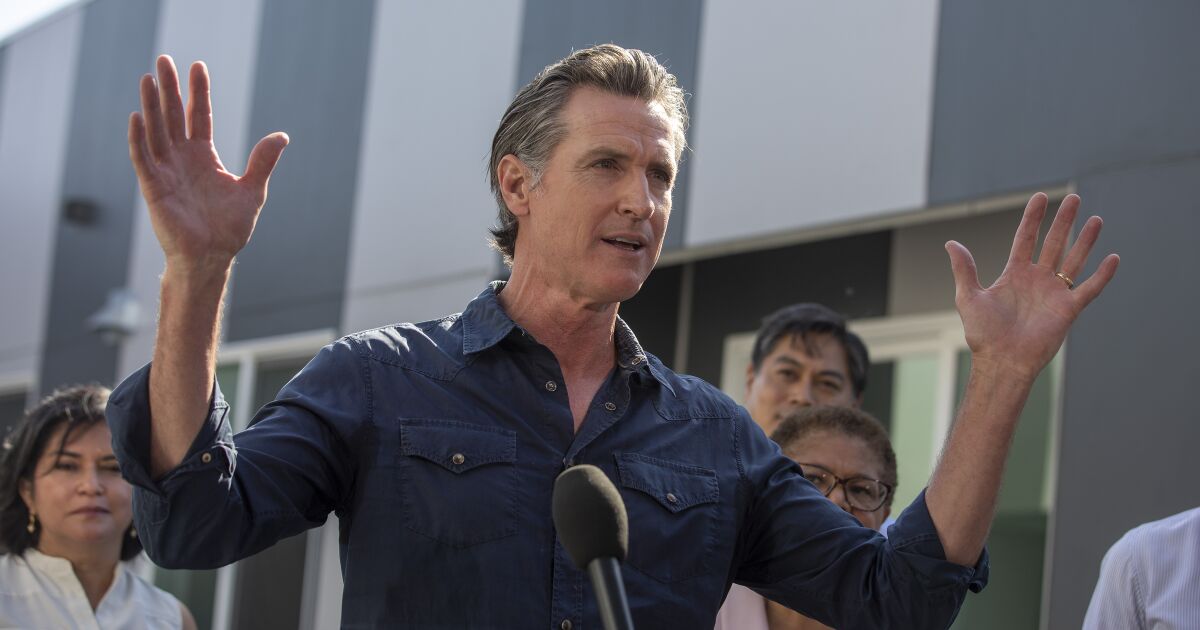After weeks of very public debate, the United States and Germany are committing advanced tanks to Ukraine — something Kyiv has long wanted, and which it sees as vital as Ukrainian forces continue to try to reclaim territory from Russia.
A United States senior administration official confirmed Wednesday that the US will send 31 M1 Abrams tanks to Ukraine, on top of the infantry fighting and armored combat vehicles it committed earlier this month. Germany, too, finally pledged to provide tanks, an initial company of 14 Leopard 2s, and Berlin will allow other countries to send their stocks of Leopards. These are the types of advanced weapons Ukraine has been pushing for — and whether or not they have an immediate impact, it’s a show of long-term Western support as the war closes in on one year.
And at the nearly one-year mark, the Ukraine war is in something of a holding pattern: a grinding, attritional battle that is expending ammunition and human effort for both sides, and re-entrenchment in the areas Ukraine and Russia currently hold.
It’s not quite a stalemate. Both Ukraine and Russia still believe they can achieve their objectives on the battlefield, and are preparing to do so; it’s just not clear when, or where, or who will make the next big move. But Kyiv and Moscow are strategizing that what they do — or don’t do — right now will pay off in the next phase.
Kyiv’s offensive tear has slowed since it reclaimed the key areas of Kharkiv and Kherson last year, and Russia is digging in to the territory it still controls, especially in the south, strengthening its defenses and fortifications. Fighting continues along the front lines, especially in the east, in the Donbas, near the city of Bakhmut, where both sides seek to weaken and wear down their enemy.
Bakhmut is one of the bloodiest and most brutal battles of the entire war. Russia has tried and tried to take Bakhmut over the last six months, and Moscow recently took the nearby town of Soledar; Kyiv confirmed Wednesday that its troops had retreated from the town. Both Ukraine and Russia have expended manpower and artillery in the clash. For Russia, though, the Wagner Group, an oligarch-headed private military group that has recruited heavily from Russian prisons, has borne most of the casualties near Bakhmut.
But Ukraine still has momentum. Russia retreated from Kherson in November, only about two months ago. Even if ultimately Bakhmut falls, it is a limited tactical victory, unlikely to reshape the contours of the conflict. Russia’s blitz on civilian and energy infrastructure has exacerbated the humanitarian toll of the war, but the Ukrainian public is still largely supportive of the war effort, and of fully pushing Russia out of Ukrainian territory.
“The Ukrainians are in a very good position right now,” said George Barros, geospatial intelligence team lead and Russia analyst at the Institute for the Study of War. “They’re in a position right now to continue exploiting it, if they are enabled — and, specifically, if the West gives the Ukrainians the tools necessary to be able to continue snowballing their successes.”
The tools, in this case, are advanced Western weapons, including infantry-fighting vehicles and advanced tanks, which are now on the way — though it will take time to train forces and get this equipment to the battlefield.
No one weapon will determine the outcome of the war, but the next few months may start to shape what an outcome might look like. The battle of Bakhmut is battering both Ukraine and Russia, but, last spring and summer, Ukraine exploited this, grinding down Russian troops and depleting their resources, leaving Moscow vulnerable to Ukraine’s counterattacks. Whether Ukraine can repeat a version of this, and how far they will push, is a huge question, as is whether, and how, Russia responds.
“We’re waiting for the next large-scale offensive,” said Grzegorz Kuczyński, director of the Eurasia program at the Warsaw Institute. “The question is when and where this large-scale offensive will be launched? And by Russians or Ukraine?”
January 2023: The slog of war, the Wagner Group, and debates over Western weapons
The Ukraine war has unfolded in phases. It began with Russia’s large-scale invasion last February and Kyiv’s fierce resistance, which forced Moscow to scale back its war aims and focus on the Donbas. About 100 days into war, the front lines became a grinding battle in the east. That gave way to Ukraine’s late summer tear to retake Kharkiv, which left Russian President Vladimir Putin scrambling for solutions — a partial military mobilization, and a political annexation of territories in the east and south.
Starting in October, Moscow unleashed a relentless bombing campaign on Ukrainian infrastructure, depriving populations of electricity and heat in winter, in an attempt to undermine the economy and public support for the war effort. Ukrainian forces pushed into Kherson, ultimately forcing a Russian retreat in November. Through it all, Ukraine demanded, and Kyiv’s Western backers deliberated over, and then delivered, more and more advanced weapons: high-mobility artillery rockets, or HIMARS; advanced anti-air defense systems, including a Patriot battery; armored combat vehicles, like Bradleys.
The current phase is more complicated to define in real time. In the past months, Ukrainian forces exploited Russian weaknesses, especially the lack of manpower, and utilized Western artillery, like those HIMARS, to recapture territory. Now, however, “those vulnerabilities are no longer and now we’re dealing with relatively well-entrenched positions,” said Samuel Charap, a senior political scientist at the RAND Corporation.
In the south, Russians are defending the territory they do control, erecting fortifications, digging trenches, laying landmines — doing the things a military might do to withstand another counteroffensive.
That leaves most of the heavy fighting in the east, in the Donbas, around Bakhmut. Again, it is a ruthless clash, featuring trench warfare and a gruesome body count for both Ukraine and Russia. This is partly by design, because Russia’s effort here is being propped up by the Wagner Group, a private force led by Yevgeny Prigozhin, an oligarch in Putin’s inner circle, who has become increasingly involved — and increasingly vocal about being involved — in Moscow’s war effort in Ukraine. (You might remember Prigozhin from his cameo in the 2016 Russian election interference saga, as he’s tied to the Russian troll farm that spread politically charged content online.) “There is some support from Russian military forces, but this still seems to be a singular fixation for Mr. Prigozhin,” John Kirby, White House National Security Council coordinator for strategic communications, said last week.
The Wagner Group got its start in Ukraine in 2014, in the conflict in the Donbas, and Russia has relied on it since in places like Syria and Libya to help the Kremlin achieve its geopolitical objectives — and Prigozhin’s economic and business interests — without relying on Russian armed forces, said Sergey Sukhanin, a senior research fellow at the Jamestown Foundation, who has closely studied the Wagner Group.
In Ukraine, Russian convicts recruited from prison make up much of the ranks of Wagner fighters. Those convicts are deployed to the front as expendable bodies, a human wave intended to overwhelm Ukrainian forces. It is a “meat grinder,” said Sukhanin. “Wagner is taking hundreds of meters, sometimes kilometers, by losing perhaps thousands of its fighters,” he said. As experts pointed out, even if these fighters are seen as dispensable, the heavy losses are not necessarily sustainable — prisoners may not have any other options, but there is still a finite number of convicts in Russia. And the ruthless, high-attrition strategy has not actually translated to any significant gains. Soledar and even Bakhmut have limited strategic importance, and it still took Russia months to gain a foothold.
The relationship between Russian forces and the Wagner Group is still a bit murky — how much they’re coordinating, how much they’re sharing weapons and equipment — but Prigozhin is touting Wagner’s fighters as the only troops making gains. But as the Institute for the Study of War has recently noted, there are signs that Prigozhin’s and Wagner’s moments are fading, as Bakhmut drags on and Putin seeks to re-elevate Russian forces.
And Kyiv has made it very difficult for Russian fighters to fully take Bakhmut. That may be the point. Last spring and summer, in the battle for the Donbas, Russia secured territory, but at a heavy cost to its manpower and artillery. This was Ukraine’s defensive strategy: bleed out Russia’s capabilities. That, combined with Russia’s own strategic missteps, helped create a window for Ukraine to bust into Kharkiv and push back a depleted Russian army. Whether Bakhmut will bear out similarly is an open question, especially as Ukraine is suffering casualties, and also expending its ammunition.
But Bakhmut has also become a symbol for Ukraine, of its relentless and irrepressible fight against the Russians. Ukraine President Volodymyr Zelenskyy gifted Congress a flag signed by Ukrainian soldiers in Bakhmut as he urged the United States to deliver more weapons (specifically, more armored vehicles and tanks to build on Kyiv’s fall counteroffensive).
Ukraine, of course, already has tanks, but they’re mostly old Soviet models, and they’re badly banged up from a year of war. The Western weapons — specifically, the Leopard 2, the German tanks, and the US M1 Abrams — are more modern, more advanced, and may be easier to repair since they work with Western and NATO systems.
Even as Ukraine’s partners promised to deliver new tranches of weapons to Ukraine, they worried sending tanks could escalate tensions with Moscow. Germany, for historical and political reasons, was particularly reluctant. Those public worries ultimately caused visible cracks in the Western unity, and the US’s decision to send tanks is likely an effort to give Germany cover to send, and let others send, their Leopard 2 tanks — which will also get to the front lines much faster.
As experts said, the tanks are important, and are definitely symbolic, a sign of the West’s continued investment in Ukraine. But generally, Ukraine just needs armored vehicles — including the US’s Strykers and the promised armored vehicles like the US’s infantry Bradleys or Germany’s Marders, which may be a bit more nimble and require less fuel than tanks.
Tanks and other armored vehicles, pretty simply, help fighters better maneuver on the front lines. If you’re facing heavy artillery from, say, Russian forces, walking on foot or with regular trucks is very perilous, but it also forces you to rely heavily on your own artillery to fight your way through the barrage. Armored vehicles offer protection, but also help conserve artillery. “There’s no point to have the infantry if you can’t safely deliver them to the combat zone,” Barros said.
:no_upscale()/cdn.vox-cdn.com/uploads/chorus_asset/file/24382486/1458246805.jpg)
Everyone is waiting for the next big move. But what?
President Zelenskyy said Wednesday that Ukraine is thankful for tanks, but added: “the number of tanks and the delivery time to Ukraine is critical.” Ukraine wants to seize its momentum as Russia reconstitutes and fortifies its defenses. Ukraine needs to prove that it can continue its push, and retake its territory, said Volodymyr Dubovyk, an associate professor of international relations at the Odesa Mechnikov National University and a visiting professor at Tufts University. It will send a message to Western supporters, to the Ukrainian public, and to Putin himself. “Ukrainians are still capable of doing that — so maybe we [Russia] should think about sitting down [and making concessions],” he said.
Sitting down, or any sort of negotiations, is not a likely option for either side right now. That is largely because both Ukraine and Russia believe they can achieve their political aims militarily. For Ukraine, that is to reclaim its land and stop Russia from returning; and for Russia, to secure the territory it has annexed and declared as its own.
This phase of the war may be less about progress toward those objectives, and more about preparation. One expert likened the war right now to the time in between rounds in a boxing match: Ukraine and Russia, both bouncing in their corners, are regrouping to come back into the ring.
Except it’s not clear what either side is preparing for, exactly.
Ukraine may push forward with its counteroffensive, building on its past successes. Some analysts have pinpointed Zaporizhzhia as a possible target. There is also speculation that Russia will launch its own spring offensive. But, again, they are digging in their defenses in the south, likely anticipating a Ukrainian move, and could instead seek to bog down and impose costs on Ukraine that way.
Mobilization has helped solve Russia’s short-term manpower issues, allowing Moscow to reconstitute and rotate out some of their units. It’s still unclear how well-trained and equipped these troops are, but they give Russia more of the numbers they need. And, in fortifying lines against an attack, numbers matter. But it’s one thing to sit in a trench and fire a gun — it’s another to conduct coordinated offensive operations. The lack of training, equipment, and depleted resources are likely still plaguing Russian forces. The public feud between Prigozhin and the Russian brass, and the recent shake-up of Russia’s top Ukraine commander, at least hint at continued frustrations and disorder.
But Russia might have more time to figure it out. Even though Ukraine has the edge, the pressure is still on Kyiv to continue proving they can defy and defeat Russian forces, defend the territory currently in their possession, and conduct more counteroffensives to push Russia out of the places they’re currently entrenched.
They must show this to the West, which ultimately has to invest militarily and economically in Ukraine for it to succeed. They must show this to the Ukrainian public, which remains supportive of an all-out Ukrainian victory, but the humanitarian toll of the war is undeniable: more than 7,000 civilians killed, 14 million displaced people, outside and within Ukraine, and a winter of blackouts and bombed-out buildings.
The Ukraine war is not frozen, yet. But if winter turns to spring, and war slogs on with no real shifts in the front lines, that calculus may change — especially for Ukraine and the West.
“If in the coming months there is no change on the battleground, if there is no offensive, [if] there’s no successes for Ukrainian troops, then there will be a hard reckoning on the Ukrainian side,” said Dubovyk. “Where is this war going? Can we actually improve our position? Is it getting any better for us? Because we’re paying a huge price.”


